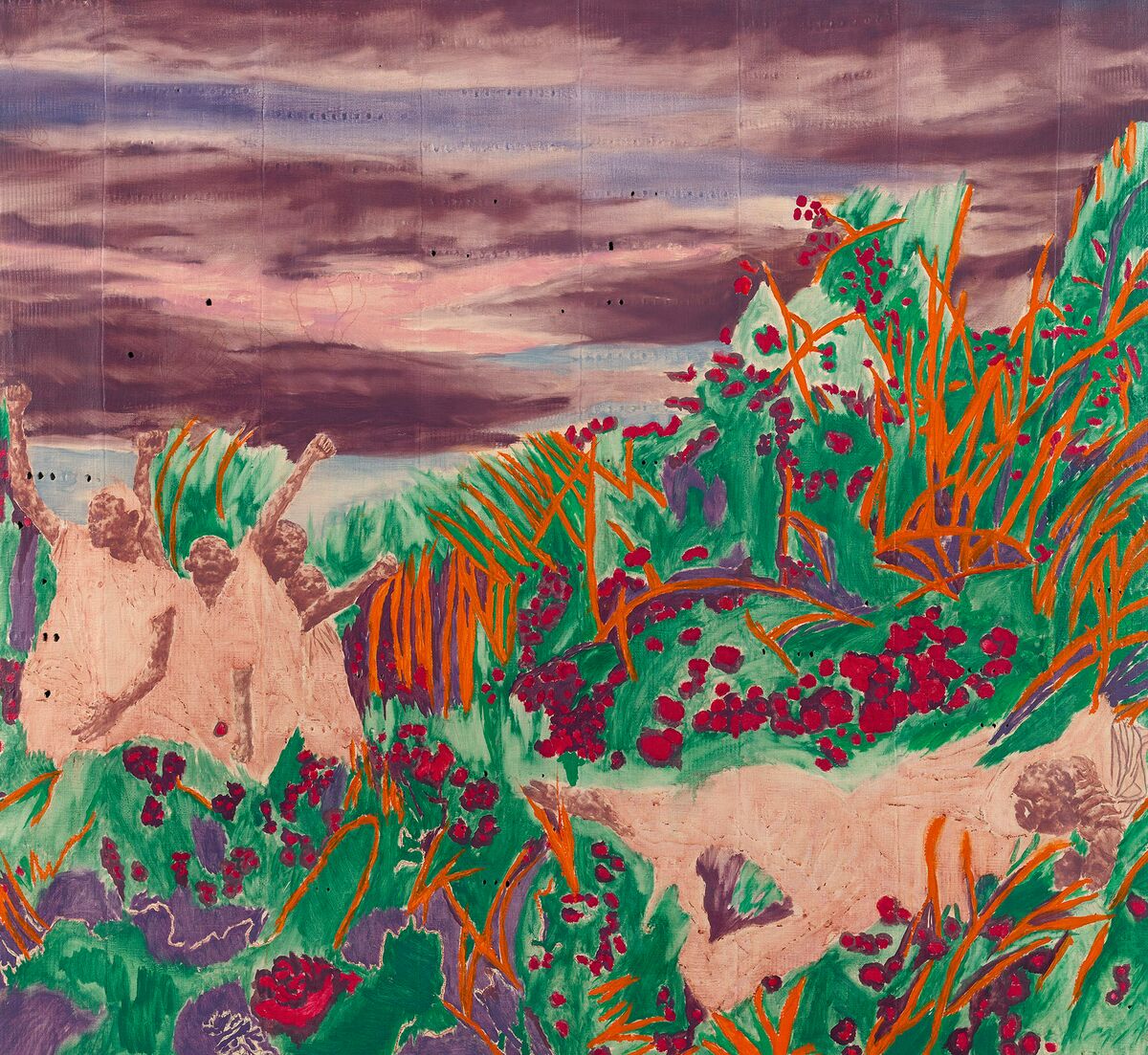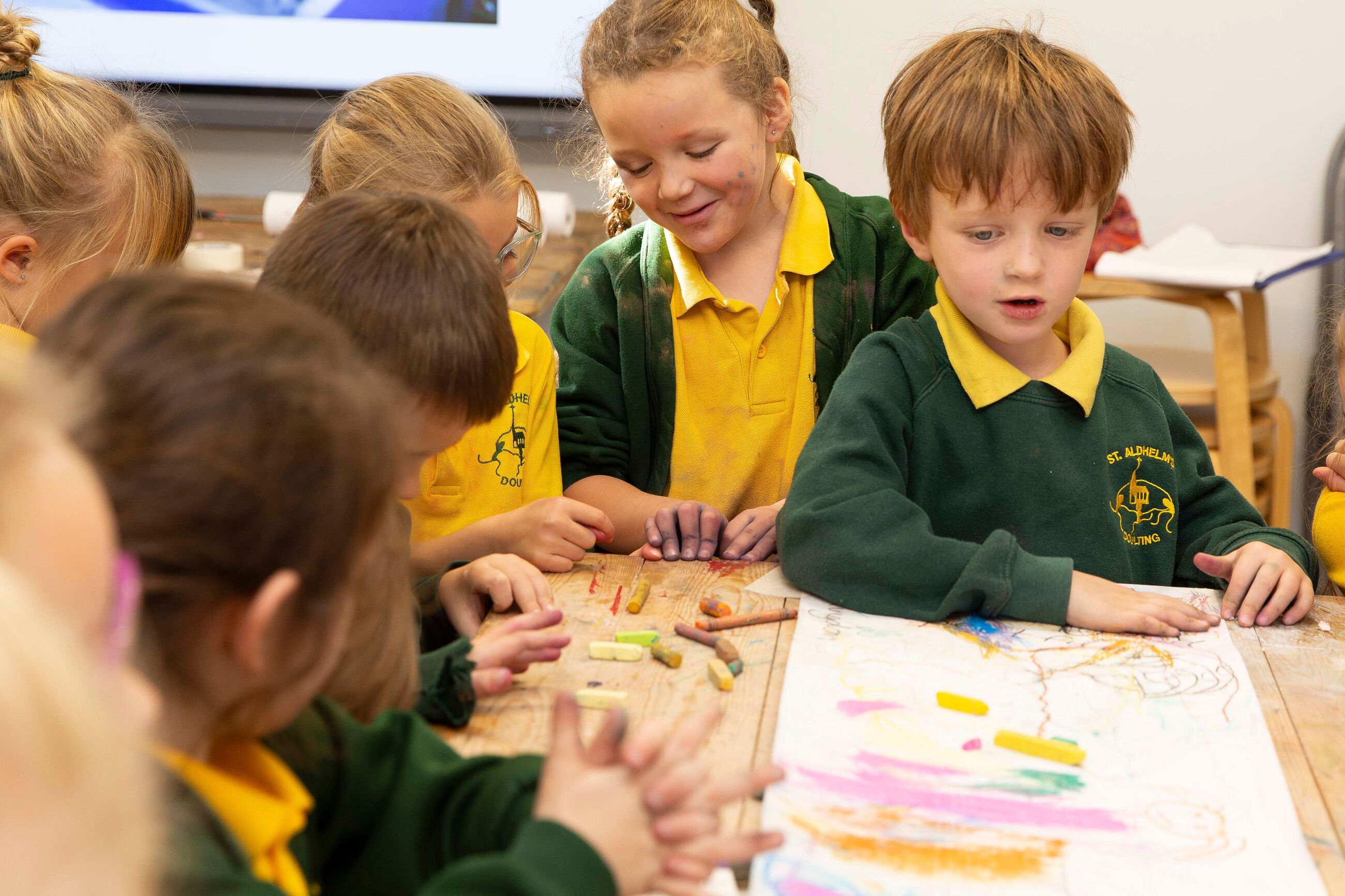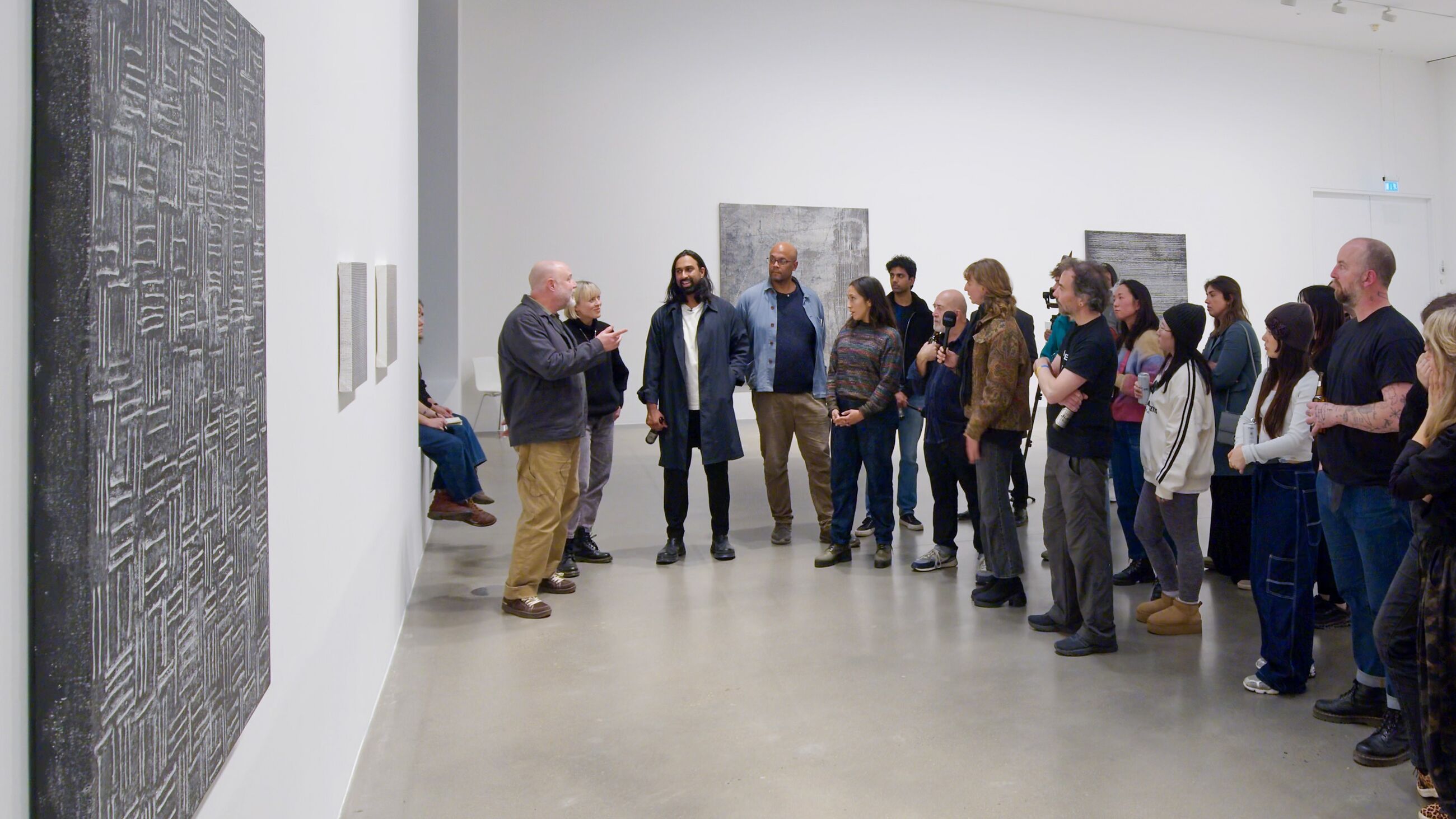How Gallery Visits Can Support the Curriculum

How Gallery Visits Can Support the Curriculum
1 January 1970
The dedicated Education Team lead tours of the galleries, outdoor sculpture and garden and use both formal and informal teaching methods to engage their audience and provide stimulus for learning across the curriculum.
‘Art, craft and design embody some of the highest forms of human creativity. A high-quality art and design education should engage, inspire and challenge pupils, equipping them with the knowledge and skills to experiment, invent and create their own works of art, craft and design. As pupils progress, they should be able to think critically and develop a more rigorous understanding of art and design. They should also know how art and design both reflect and shape our history, and contribute to the culture, creativity and wealth of our nation’. – National curriculum in England
Visits to the gallery are fun, educational and we hope, inspiring and memorable. The dedicated Education Team lead tours of the galleries, outdoor sculpture and garden and use both formal and informal teaching methods to engage their audience and provide stimulus for learning across the curriculum.
Art and Design
A key component of the National Curriculum for Art and Design is the opportunity for students to develop their breadth of study and critical understanding through placing artworks in a wider context and investigating different kinds of work. A gallery visit is the perfect way to support this, exposing students to a range of style and practices, and providing an opportunity for a unique approach to understanding and responding to the world around them. Throughout a visit to Hauser & Wirth Somerset the Education Team will ensure that students have the opportunity to record their responses to direct experiences of art through observation and imagination, and to explore visual and other sources of information. There will be the opportunity to reflect on ideas and critically evaluate work, and to adapt and share ideas. These strategies are in line with the National Curriculum, which demands that art be an intellectual, cultural and historical activity as well as a visual practice, as outlined below. Sketchbooks are essential for a visit and our Education Team will use a variety of techniques and exercises to encourage note-taking, drawing, sketching and writing.
Key Stages 1, 2 3 and 4
National Curriculum Aims:
The national curriculum for art and design aims to ensure that all pupils:
produce creative work, exploring their ideas and recording their experiences
become proficient in drawing, painting, sculpture and other art, craft and design techniques
evaluate and analyse creative works using the language of art, craft and design
know about great artists, craft makers and designers, and understand the historical and cultural development of their art
Students will have the opportunity to make first-hand observations and discuss art, whilst visiting the galleries and garden. Through the unique setting, we will develop new techniques and ways of observing, under the guidance of experienced practitioners in the field of education and art. Our Education team will adapt the experience to meet the age and ability of each discrete group. The children will be challenged to think critically and look at their own artwork in the context of historical and social settings provided by the gallery visit. Students will also observe original works of art to learn about how artists work with colour, pattern, texture, line, tone, shape, form and space.
Key Stages 3 and 4
The National Curriculum identifies four key areas of learning:
Creativity
Competence
Cultural understanding
Critical understanding
We would like to encourage students to think differently and experience new ways of working from which they can explore in their own art work. As part of the visit experience, students will be encouraged to challenge their conceptions of what is art, gain an understanding of the social and historical contexts to the work, and use questioning to explore new ideas and techniques. There will be opportunity to study works of international art on site with due consideration of the process, techniques and materials used to create them.
Oudolf Field
As well as a source for visual inspiration, the Oudolf Field can be an educational resource that will respond to both elements of the Science Curriculum and also the Visual Arts.
Key Stages 1 and 2
Students will be able to observe and record a variety of flora to learn about the life cycle of plants and the role of the seasons
Key Stages 3 and 4
Students will learn about the philosophy behind the garden and have the opportunity to use it as a visual resource to explore and develop ideas of colour, pattern, texture, form.
Cross-Curricular Approaches
Programmes of study that facilitate links across subject areas encourage pupils to make valuable connections that can support more creative and independent thinking, and transferable skills. Linking art with other subjects provides it with a rich and diverse context that makes it both relevant and meaningful to pupils. It can also provide more justification for trips to galleries by developing a breadth of content, and covering more than one subject whilst out of school.
A trip to Hauser & Wirth Somerset can build links between Art and Language, as language underpins most activities in the gallery; Art and Science, though the use of our garden; Art and History, as art is a valuable resource in the study of history, people and cultures; Art, ICT and Technologies, as many of our exhibiting artist employ digital media; and, Art and Music, as the exhibiting artists often use sensory experience in their work. We believe that the most effective gallery visits are those that are integrated into longer term planning and for which pupils have been prepared for and extended with work back at school. To this end we are making available online resources and also setting up a Teachers Network to meet once a term.
Finally, why is it important:
1) The arts teach children to make good judgements about qualitative relationships. Unlike much of the curriculum in which correct answers and rules prevail, in the arts it is judgement rather than rules which prevail
2) The arts teach children that problems can have more than one solution and that questions can have more than one answer
3) The arts celebrate multiple perspectives. One of their large lessons is that there are many different ways to see the world
4) The arts teach children that in complex forms of problem solving purposes are seldom fixed, but change with circumstance and opportunity. Learning in the arts requires the ability and a willingness to surrender to the unanticipated possibilities of the work as it unfolds
5) The arts make vivid the fact that neither words in their literal form nor numbers exhaust what we can know. The limits of our language do not define the limits of our cognition
6) The arts teach students that small differences can have large effects
7) The arts teach students to think through and within a material. All art forms employ some means through which images become real
8) The arts help children learn to say what cannot be said. When children are invited to disclose what a work of art helps them feel, they must reach into their poetic capabilities to find the words that will do the job
9) The arts enable us to have experience we can have from no other source, and through such experience to discover the range and variety of what we are capable of feeling
10) The arts’ position in the school curriculum symbolises to the young what adults believe is important
Download Curriculum Notes Source: Eisner. (2000). The arts and the creation of mind. Chapter 4. (pp. 70-92) Yale University Press
Resources
1 / 10









